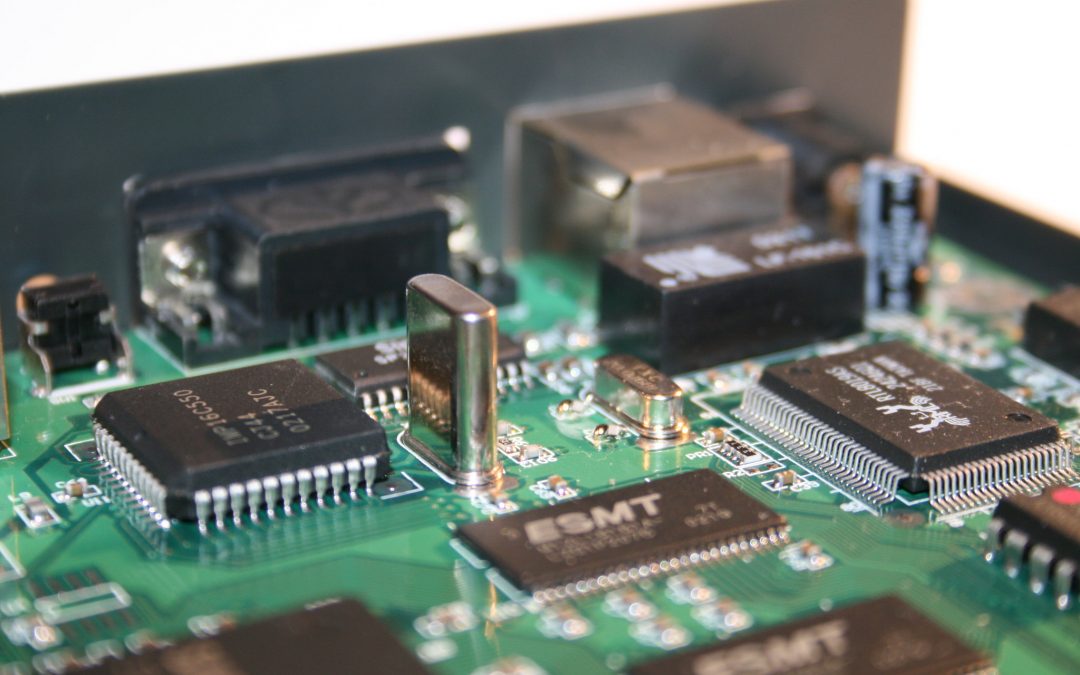WASHINGTON — Advocates are hopeful the infrastructure package Congress passed last Friday will make major progress in closing the Northwest’s digital divide by investing billions of dollars in improving digital equity, expanding broadband access and addressing affordability issues for citizens across Washington and Idaho.
The bill passed with bipartisan support after months of negotiation, and it dedicates $65 billion to broadband infrastructure. Of that, $42.45 billion will provide grants directly to states for various broadband projects, while $14.2 billion will help low-income Americans pay for internet access, providing them with $30 vouchers each month.
For low-income families, “that extra monthly payment [toward internet access] can be a budget buster,” so distributing subsidies will help families maintain crucial internet connection, said Ann Campbell, Washington State Broadband Infrastructure programs manager.
According to White House estimates, Washington and Idaho will each receive a minimum of $100 million to improve broadband access across the state. Some 19% of Washingtonians and 25% of Idahoans will be eligible for monthly subsidies toward internet access.
The subsidies are an extension of Emergency Broadband Benefit, a temporary program established to help families struggling with internet access during the pandemic. Though the subsidies will technically be lowered from $50 to $30 a month, the new program will provide assistance on a more permanent basis.
Another key aspect of the infrastructure package is the Digital Equity Act, legislation that Washington Sen. Patty Murray first introduced in 2019. The legislation includes $2.75 billion to provide individuals and communities with the necessary skills, support and resources to utilize internet access to its fullest extent. This could mean providing laptops for students or digital literacy classes for seniors.
In an interview Thursday, Murray said the pandemic threw existing broadband access problems into sharp relief, citing conversations she has had with Washingtonians who could only get online by driving to a library or a McDonald’s.
“I think it’s really important to think about high-speed internet like we do running water or electricity,” Murray said. “For everyone in our state and the country, a reliable internet connection means that you’re able to get an education, or get access to health care, or grow your business.”
Campbell expressed excitement for the digital equity piece of the infrastructure bill, adding, “That’s the foundational piece on which the planning for broadband infrastructure is laid.”
Murray joined Washington Sen. Maria Cantwell and Idaho Sens. Mike Crapo and Jim Risch in voting to pass the infrastructure package. However, most Republican lawmakers voted against the bill, including Rep. Cathy McMorris Rodgers of Spokane and Rep. Russ Fulcher, whose district includes North Idaho.
The Northwest has certain features which make expanding broadband access challenging, experts said.
Communities are often spread far apart in Washington, which “creates a challenge when you’re trying to build a network of broadband across the state that links up with the rest of the nation to get to all of those corners of our state,” Campbell said.
Idaho faces similar challenges, said Eric Forsch, broadband development manager for the Idaho Department of Commerce.
“You have areas where there’s mountains, rivers, trees, valleys. All these things are barriers to putting in more infrastructure and doing it in a cost-effective sort of way,” Forsch said.
The infrastructure package includes $2 billion in funding for the Tribal Broadband Connectivity Program, a program run by the Department of Commerce National Telecommunications and Information Administration which provides grants for expanding broadband on tribal land.
Valerie Fast Horse, IT director for the Coeur d’Alene Tribe, said there are many areas on the tribe that lack access to any broadband at all.
“They’re in no man’s land. They can’t get access to wireless internet,” Fast Horse said, adding that the goal is to use federal funding to expand the networks they already have set up.
The Federal Communications Commission’s existing broadband map is notoriously inaccurate. The Verge put together a more comprehensive map in May based on data from Microsoft on actual internet connection speeds in each county.
The COVID-19 pandemic has exacerbated the need for reliable, high-speed internet access, as many students switched to online learning and many adults worked from home.
“I think COVID has very much brought home the known, but perhaps not well-absorbed, fact that broadband is key to everyday life, everything from schooling to work to communicating with your loved ones,” Campbell said.
With the use of multi-person Zoom calls, the “standard” for internet access often no longer accommodates larger households, Forsch said.
Fast Horse said a family expressed concern to her last year because only one person in their household could use the internet at a time, forcing family members to take turns online for school and work. The tribe expanded their existing network to help the family increase their broadband, but Fast Horse said not all tribes may be so lucky, especially if they don’t already have engineered drawings ready for new broadband projects.
“If they give decent deadlines, then that shouldn’t be a problem, but if they give really strict, short deadlines then I can see tribes struggling,” Fast Horse said.
Though an increase in federal funding creates more opportunity, the logistics of using that funding in an equitable way also creates potential challenges, Campbell said.
“It’s going to be exciting and challenging to roll this out in a way that is accessible to the huge array of local governments and nonprofit organizations that we have in our state and their varying needs,” Campbell said.
For guidance, visit this Internet guide for international students.

